Kilimanjaro Daypack
The Kilimanjaro Daypack is more than just an ordinary backpack. It's your best friend on the strenuous yet thrilling journey up Mount Kilimanjaro. At African Scenic Safaris, we highly recommend using these technical backpacks, specifically designed for climbing up towering mountains.
In this guide, we'll explain in detail what essential items you should pack in your Kilimanjaro Daypack when opting for Kilimanjaro Climbing Packages. We'll also share some of our top daypack recommendations and conclude with some practical packing tips. Let’s get you ready for the climb!
Why Do You Need A Kilimanjaro Daypack?
Climbing Mount Kilimanjaro is like navigating through five different worlds in a single journey, each with its unique weather conditions. The perfect companion for this adventure? Your trusty Kilimanjaro Daypack.
This compact yet versatile bag contains everything for the day and is carried by you while trekking. It contains all-day essentials such as waterproof gear, a sun hat, warm clothing, water, snacks, lunch, gloves, sunglasses, sunscreen, bug repellent, and your camera. Meanwhile, our Kilimanjaro Porters handle your larger duffel bag.
Every morning, guides inform you about the day's weather and What to Carry in Your Daypack on Kilimanjaro. That is why you should carry the best daypack that will accommodate everything you need for trekking the challenging trails. And in case of sudden rain? Ensure your daypack has a built-in rain cover or add one. For extra safety, line the inside with a waterproof sack.
Hopefully, now you know why a daypack is essential for Kilimanjaro Climbing. It's your reliable partner, securing your gear against the mountain's unpredictable elements.
Features And Specifications Of The Kilimanjaro Daypack
We know that Daypack for Hiking Kilimanjaro will hold all your necessities. It will keep them within arm’s reach while you focus on the trail ahead. Let’s delve into the main features of a Kilimanjaro Daypack.
Size And Capacity
The size of your Kilimanjaro daypack should perfectly balance your needs and comfort.
- The Kilimanjaro Daypack Size typically ranges from 20 to 35 litres.
- This range offers enough room for your essential gear without being too heavy or cumbersome during your Kilimanjaro Climb.
Material And Durability
The material of your daypack shows how well it can stand up to the tough conditions during your Kilimanjaro climb.
- Look for a daypack crafted from materials like rip-stop nylon or polyester.
- A durable daypack can resist wear and tear during your Kilimanjaro Climbing Tours. Thereby, protecting your essentials against harsh weather conditions.
Weight And Comfort
Your daypack shouldn’t add to your challenge; instead, it should provide comfort and ease.
- Prioritize lightweight daypacks when considering what gear do you need to Climb Mount Kilimanjaro.
- The Best Daypack for Kilimanjaro should be one with an ergonomic design. A cushioned back panel and adjustable straps that can distribute weight evenly and increase your comfort during the climb are recommended.
Accessibility And Security Features
The accessibility and security features of a daypack protect your belongings and make them easy to reach
- Look for daypacks with multiple compartments, lockable zippers and hidden pockets.
- These features are essential to keep your belongings safe and accessible.
How To Choose The Right Daypack?
Picking the right daypack is like finding the perfect travel companion for your hiking expeditions. Here are some tips to help you choose the Best Daypack for Kilimanjaro hikes.
Know Your Needs
Before you decide on a daypack, understand your needs. Are you a minimalist hiker, or do you prefer to be prepared for every possible scenario? Your Kilimanjaro Packing List will reflect your style and, thus, your daypack choice.
Scenic’s Suggestions: – Make a list of What to Carry in Your Daypack on Kilimanjaro before choosing the daypack. This list will help you understand your needs and choose a daypack that fulfills them.
Assess The Capacity Requirement
Your Daypack Size for Kilimanjaro climbing needs to be spacious enough to accommodate all the essentials that you will ever need on the mountains. Simultaneously, it should not be a burden on your back too.
Word of Advice: – Remember, a larger capacity will tempt you to fill it up, leading to a heavier load. Be mindful of the trade-off between capacity and the load you are comfortable carrying!
Consider Comfort And Fit
Comfort and fit are crucial when selecting a daypack. Your daypack should be comfortable to carry, even when loaded with your Mount Kilimanjaro Gear List.
Therefore, try on the daypack before you buy it. Load it with a weight equivalent to what you plan on carrying and assess the comfort level.
Important Tip: – Try on the daypack before you buy it. Look for daypacks with adjustable straps that can customize the fit according to your body. Padding on the straps and the back panel adds to the comfort.
Check Its Durability And Weather Resistance
Your Daypack for Hiking Kilimanjaro should be robust enough to endure the varying weather conditions and the rough and tough climate up there in the mountains
Note: – A water-resistant, long-lasting daypack made up of polyester or nylon will be suitable for the climb.
Pack Your Dreams, Conquer the Heights! Get Your Kilimanjaro Daypack Today and Prepare for Unforgettable Adventures. Lightweight, Durable, and Designed for Your Summit Success. Equip Yourself for Kilimanjaro Now!
What To Pack In Kilimanjaro Daypack?
What you pack in your daypack can be a game-changer when hiking towering mountains. Let’s dive and look at What to Carry in Your Daypack on Kilimanjaro.
Clothing And Layers
The hiking weather conditions across Kilimanjaro Climbing Routes change from tropical (at the base) to freezing on the summit (Uhuru Peak).
The trick to staying comfortable across all the climatic zones is by layering your clothes. It allows you to adjust your outfit as per the weather, keeping you warm without sweating.
Let’s understand layering in detail from the table below:
| LAYER(S) |
TYPE(S) OF CLOTHING |
PURPOSE |
| Base Layer |
Moisture-wicking Shirt and Short |
Absorbs moisture and sweat from the skin |
| Insulating Layer |
Fleece Jacket or a warm Sweater |
Traps body heat and keep you warm |
| Shell Layer |
Rain Jackets and Pants |
Protects you against the wind and rain |
| Accessories |
Hats, Gloves, and Scarves |
Adds a layer of extra warmth to your head, hands, and neck |
Food, Water, And Snacks
As you prepare for your Mount Kilimanjaro Climb, don't forget the importance of staying hydrated and energized. You'll need to carry enough water, usually around 3-4 litres. Using a hydration bladder is a convenient option as it lets you sip regularly without stopping to open a bottle.
Your Kilimanjaro Packing List should include:
- Water bottles or a hydration bladder
- Energy snacks like candy, trail mix, and energy bars
- A packed lunch supplied by our chef
Good to Know – If you book Kilimanjaro Climbing Packages with African Scenic Safaris all your meals on the mountain will be taken care of. But, it’s a good idea to supplement yourself with personal snacks. They will provide you with some extra calories.
Emergency Supplies
Every Kilimanjaro Hike Packing List needs to include emergency supplies. They're crucial for handling unexpected situations.
- Carry a basic first-aid kit with bandages, antiseptic wipes, tweezers, and any necessary prescription medication.
- A headlamp will be useful for navigating in the dark, and a whistle can alert others if you're in trouble.
Additional Essentials
Your Daypack for Hiking Kilimanjaro should also include a few other essential items:
- Sunscreen to protect your skin from harsh sunlight. Keep it easily accessible and reapply regularly.
- Lip balm with sun protection to prevent your lips from drying and cracking.
- Hand sanitiser, since washing hands might not be an option on trails.
- Bug repellent for the initial days of the hike.
- Toilet paper, tissues or a handkerchief.
- A camera and spare batteries for capturing the adventure.
- Spare boot laces, because you never know when you'll need them!
Climb Kilimanjaro With Us
Get ready for a mountain adventure with real advice, smiling guides, and simple help that actually works. We’re with you from start to summit.
Key Features Of Modern-Day Technical Kilimanjaro Daypacks:
Before jumping onto the brand recommendations for modern-day’s Daypack for Hiking Kilimanjaro, let’s have an overview of the specifications that make them a great choice:
- A hydration reservoir that accommodates your water bladder, making it easy to stay hydrated on the go.
- Pockets on the side, front, and hip belt for easy access and convenience.
- Adjustable straps on the hip belt, sternum, and load lifters for a comfortable and customized fit.
- Gear loops for attaching additional items on the outside of the pack.
- A mesh back panel that promotes ventilation and prevents you from overheating.
- Compression straps to secure your belongings and keep them in place.
- Lightweight construction to minimize the load and make carrying the daypack easier.
- Though daypacks are available in many sizes, the ideal Daypack Size for Kilimanjaro Climbing is 30 -35 litres.
Some Recommended Kilimanjaro Daypacks
Technical daypacks are generally regarded as being the Best Backpack for Kilimanjaro. They are specifically crafted with long hikes in mind and come with a range of outstanding features (mentioned in section 5).
Here are a few recommendations that tick the checkboxes of an ideal daypack for Climbing Mount Kilimanjaro.
Gregory Citro 30
This is a very popular bag because it has a special panel on the back that lets air through. This means you'll feel cooler when you're hiking. It's got lots of room for your stuff but isn't too big. Plus, it's got places for your water bottle and pockets to help you stay organized.
Osprey Talon 33
This bag is light and can be adjusted to fit you perfectly. It has plenty of space for your things, and it's made to handle all kinds of weather. That's why it's a good choice for your Kilimanjaro Climb.
Gregory Zulu 30
This bag gives you the best of both - it's comfortable and has plenty of room. It fits well because of the adjustable straps and the back panel that lets air through.
It's also got a spot for your water bottle and many pockets. That's why it's a great option for your Mount Kilimanjaro Climb.
Here is a list of popular Kilimanjaro Daypack brands along with their features. Hope you find them useful.
| Daypack Brands |
Features |
| High Sierra Pathway Internal Frame Hiking Daypack |
Adjustable Shoulder Strap, A lot of Space, and two large side pockets. |
| Osprey Fairview 70 Hiking Daypack |
Portable Back Panel, Multi-Purpose, Extensive Internal Storage with zippered compartment. |
| Maelstrom Hiking Daypack |
comfortable and ergonomic design, and multi-compartment. |
| Gregory Mountain Unisex Baltoro 65 |
Comfortable suspension, multiple features, and fit and adjustability |
| Franklin Sports Hiking Daypack |
Lightweight, has enough storage and is easy to carry. |
| Osprey Daylite Plus Hiking Daypack |
High protection, and dual-purpose functionality. |
Do You Know? – There is gender-specific Kilimanjaro Daypacks to cater to different body sizes of men and women. Men’s daypacks have longer torso lengths, shoulder straps, and wider hip belts. Whereas, daypacks for women come with smaller torso lengths and narrow hip belts and shoulder straps.
Some Scenic’s Tips On Packing Kilimanjaro Daypacks
For the best experience, our experts at African Scenic Safaris have made an assortment of suggestions concerning Daypack for Hiking Kilimanjaro. Let’s dig into them below:
- Keep it Light.The most important tip when Packing For Kilimanjaro is to keep your daypack as light as possible. Remember that you will be carrying it with you throughout the day, so only pack what is necessary.
- Dress in Layers.Kilimanjaro weather can be unpredictable, so it's important to dress in layers. Pack a lightweight, waterproof jacket, a fleece or down jacket, a hat, and gloves.
- Bring lots of Water. It's important to stay hydrated while hiking. Bring at least 2 litres of water with you in a hydration bladder or water bottle.
- Pack Snacks.You'll burn a lot of calories while hiking, so bring snacks to keep your energy levels up. Good options include energy bars, trail mix, and fresh fruit.
- Don't Forget Sunscreen. The sun can be intense on Kilimanjaro, even on cloudy days. Bring a high-SPF sunscreen and reapply it throughout the day.
- Bring a Camera.Kilimanjaro offers some of the most stunning views in the world. So don't forget to bring a camera to capture the beauty of your surroundings. A small, lightweight camera is ideal for carrying in your daypack.
Note – Remember that the key to a successful Kilimanjaro climb is preparation. Plan and pack carefully to ensure that you have everything you need to stay safe and comfortable.
Gear Up, Climb High And Cherish The Kilimanjaro Journey
In summing up, your Kilimanjaro Daypack is a silent yet significant partner in your adventure. The items it holds can enhance your Mount Kilimanjaro Climbing experience.
And, by heeding our packing advice, you can ensure a well-prepared, hassle-free ascent. So, fill your daypack wisely, secure its straps and prepare for a rewarding journey with our Kilimanjaro Climbing Packages to the rooftop of Africa. Because with the right daypack, every step on this great mountain becomes a cherished memory. Enjoy the climb!
Kilimanjaro Packing List PDF
Download our free Kilimanjaro Packing List PDF for essential gear tips and expert recommendations from African Scenic Safaris experts.
Explore Kilimanjaro Travel Guide
Find essential topics below to help you plan, prepare, and enjoy your Kilimanjaro travel experience fully.
Frequently Asked Questions
The Kilimanjaro Daypack Size can vary between 20 to 35 Liters. This will provide enough space for essentials like water, snacks, sunscreen, additional layers, and personal items. However, the Daypack Size for Kilimanjaro that is considered ideal is between 30 to 35 litres.
Your regular backpack can serve as a daypack, provided it's comfortable, has a capacity of 20-35 litres, and features such as adjustable straps, multiple compartments, and a hydration system.
There are no official weight limits, but it's advisable to keep your daypack under 15 pounds for your comfort. Your Kilimanjaro Climbing Guide can assist in deciding what's necessary to carry.
Both aspects are important for a Kilimanjaro daypack. It should be lightweight to reduce strain and durable to withstand harsh weather and terrain conditions.
Given the unpredictable weather on Kilimanjaro, a rain cover for your daypack is essential to keep your gear, especially electronics, dry.
Look for comfortable shoulder straps, a waist belt for load distribution, multiple compartments for organization, compatibility with hydration systems, and weatherproof characteristics.
Yes, some rental shops provide daypacks for rent. Even, our gears are available for rent for our guests. However, using your pack, which you're familiar with, can be more comfortable.
Pack heavier items close to your back and high up for balance. Keep essentials like water, snacks, and sunscreen within easy reach.
Yes, there are women-specific daypacks that are designed for a woman's frame with narrower shoulder straps and a differently shaped hip belt. Choose what feels most comfortable to you.
While not a necessity, a hydration system is recommended for easy access to water, crucial for altitude treks like Kilimanjaro.
Simbo Natai, founder of African Scenic Safaris, crafts sustainable, meaningful Tanzanian journeys rooted in his deep local knowledge and passion.
Director





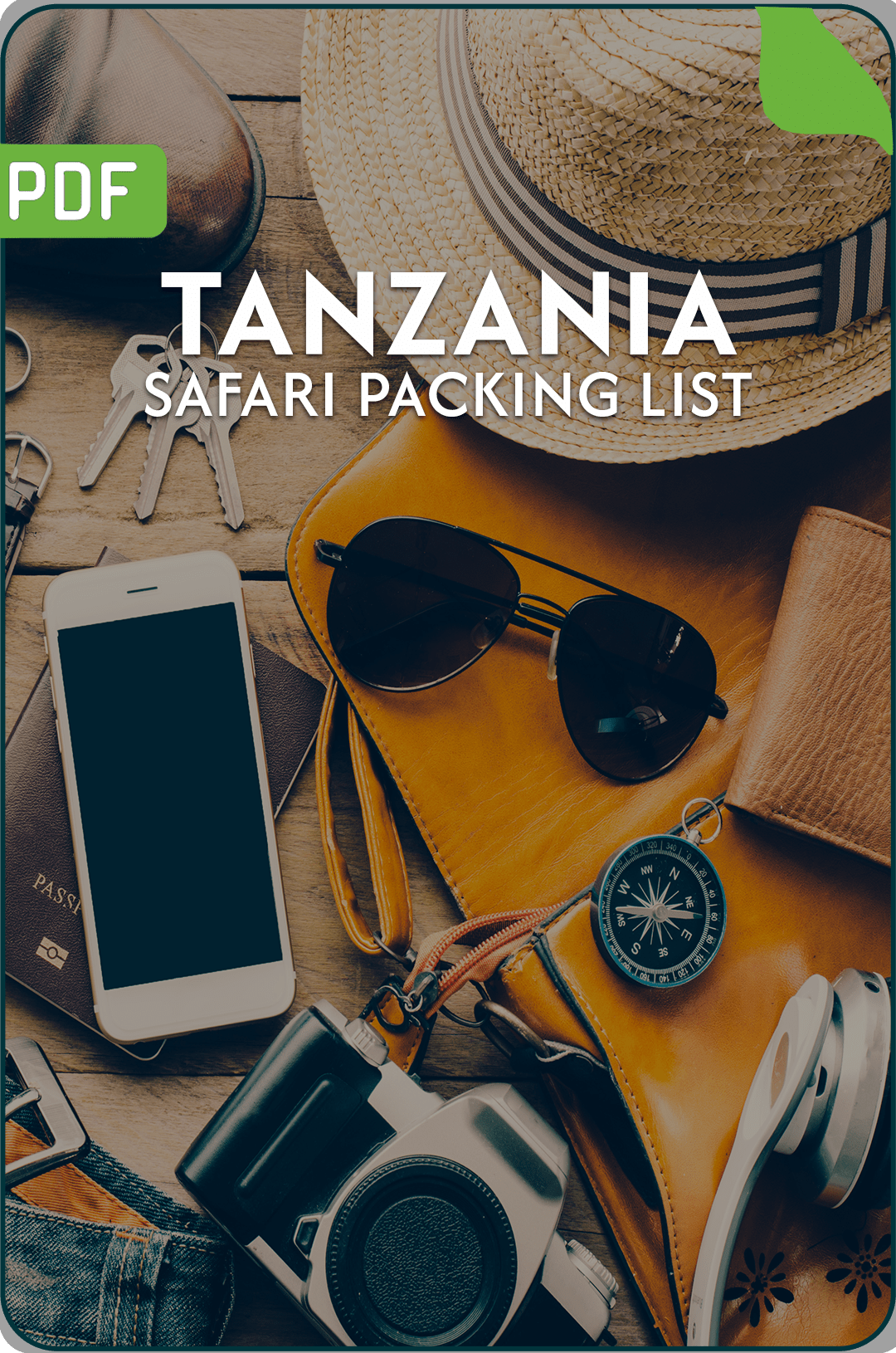
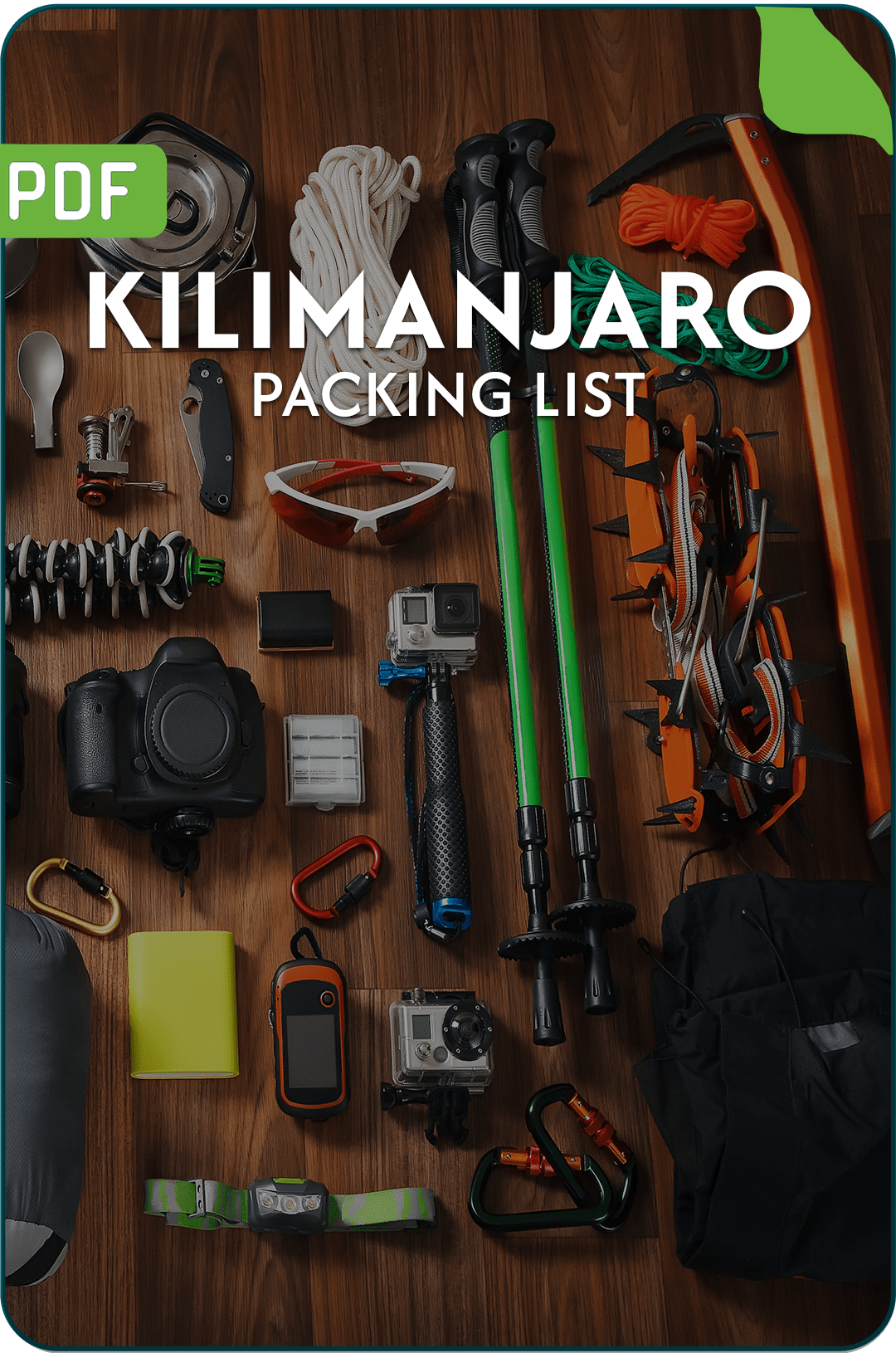
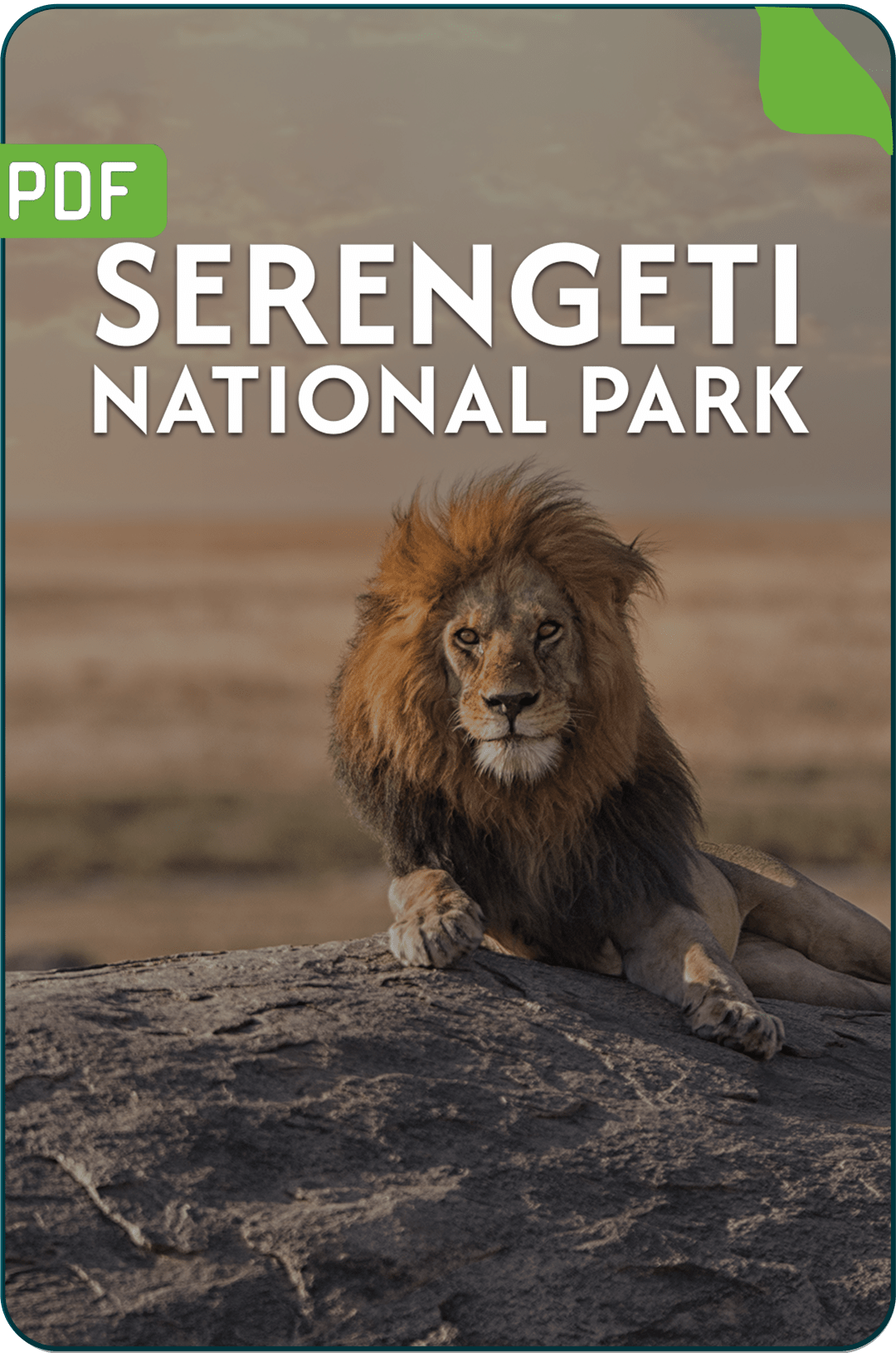

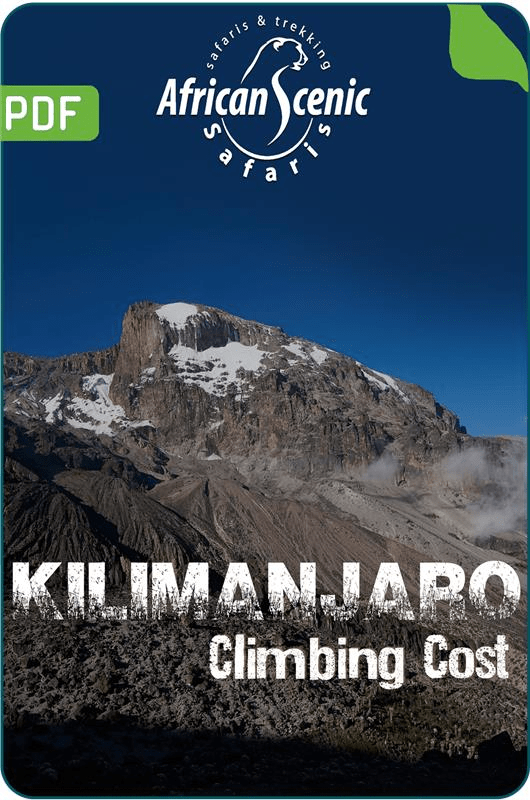





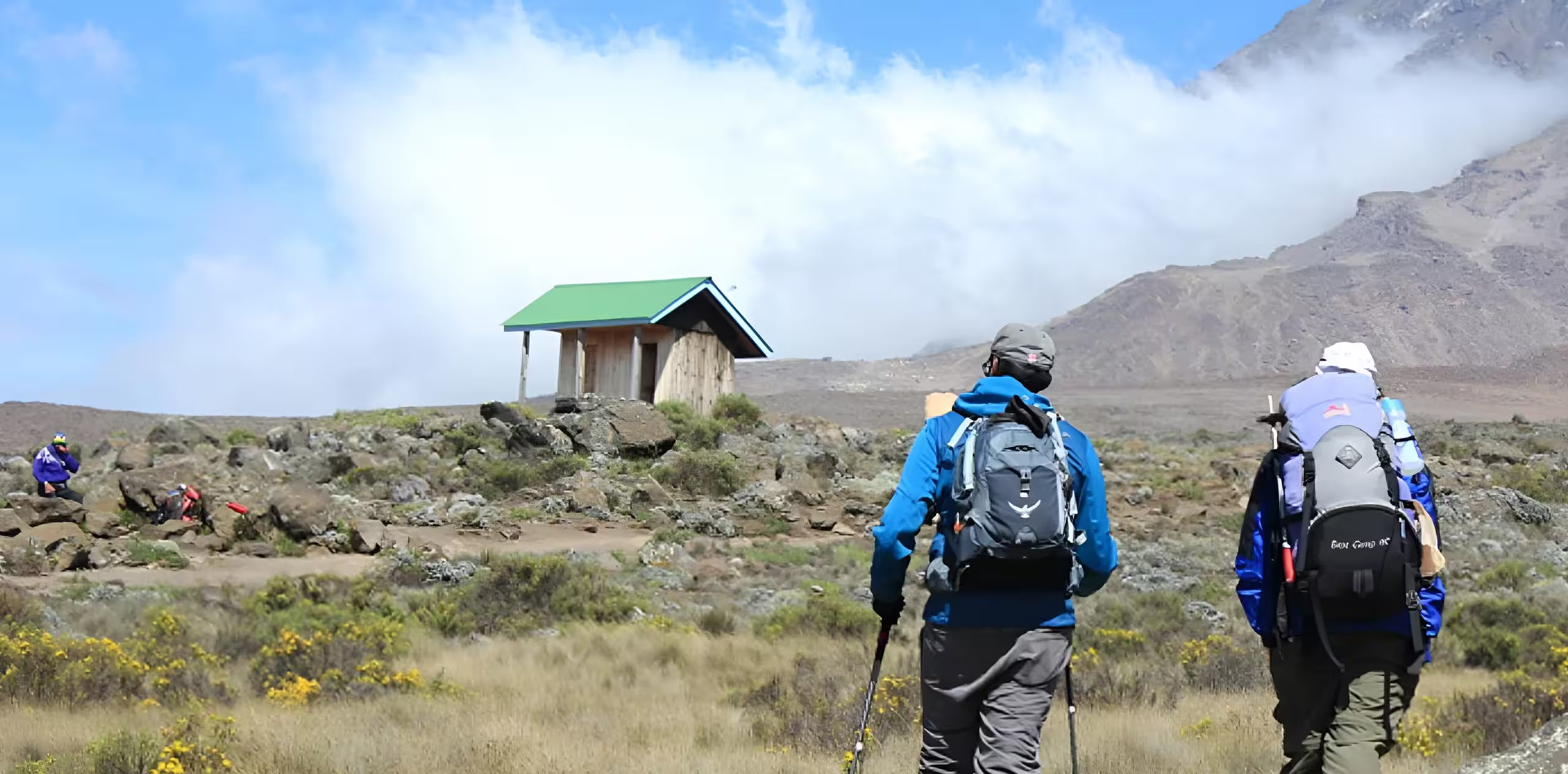
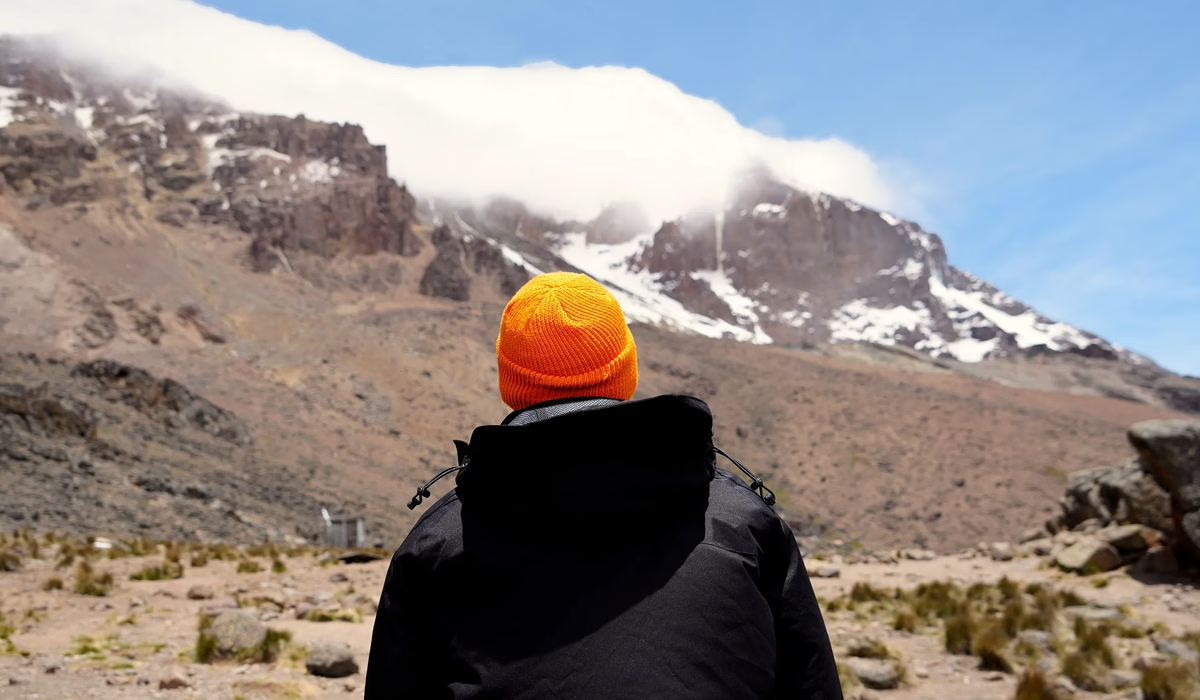

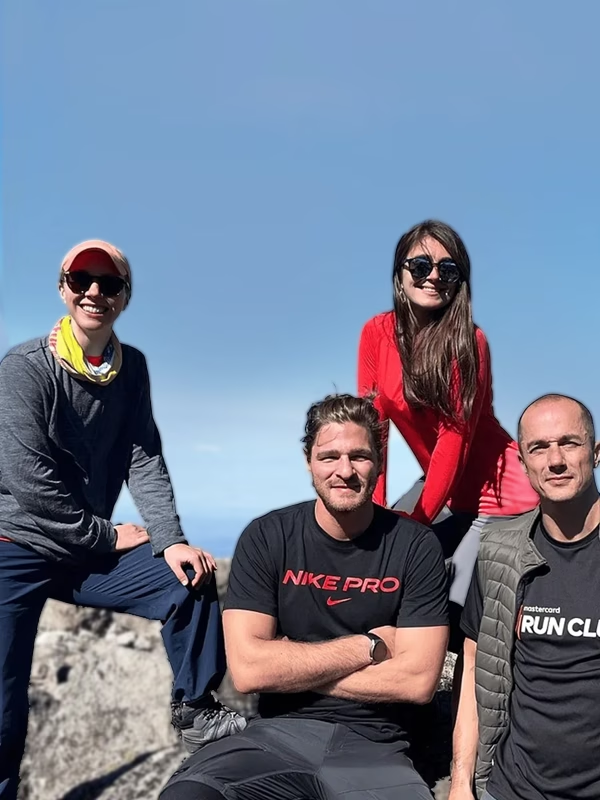
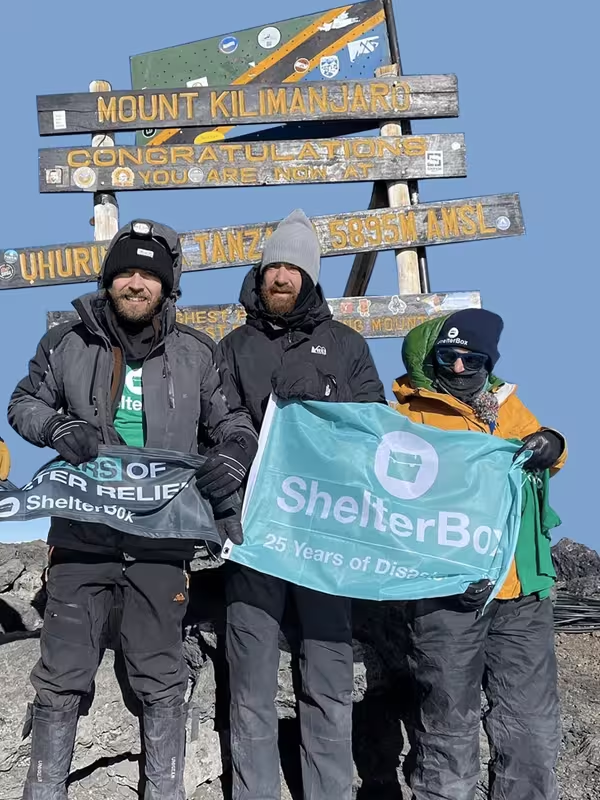
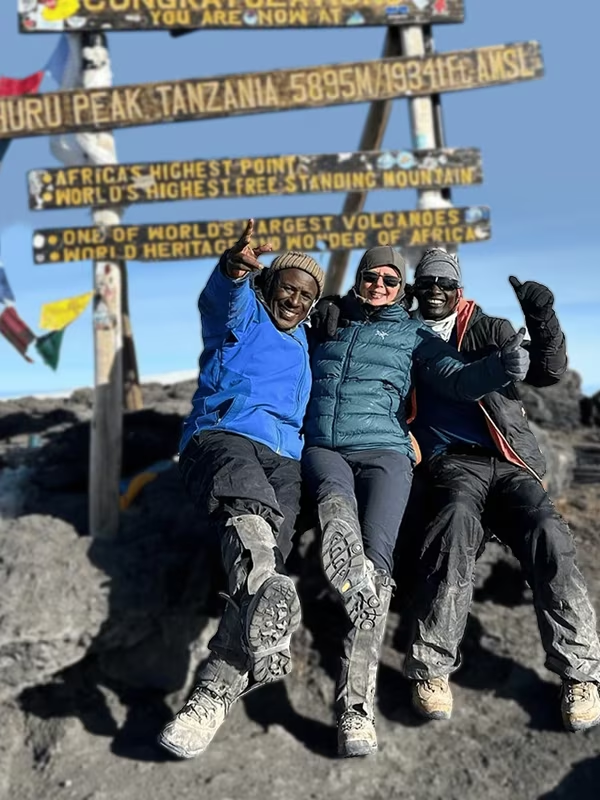



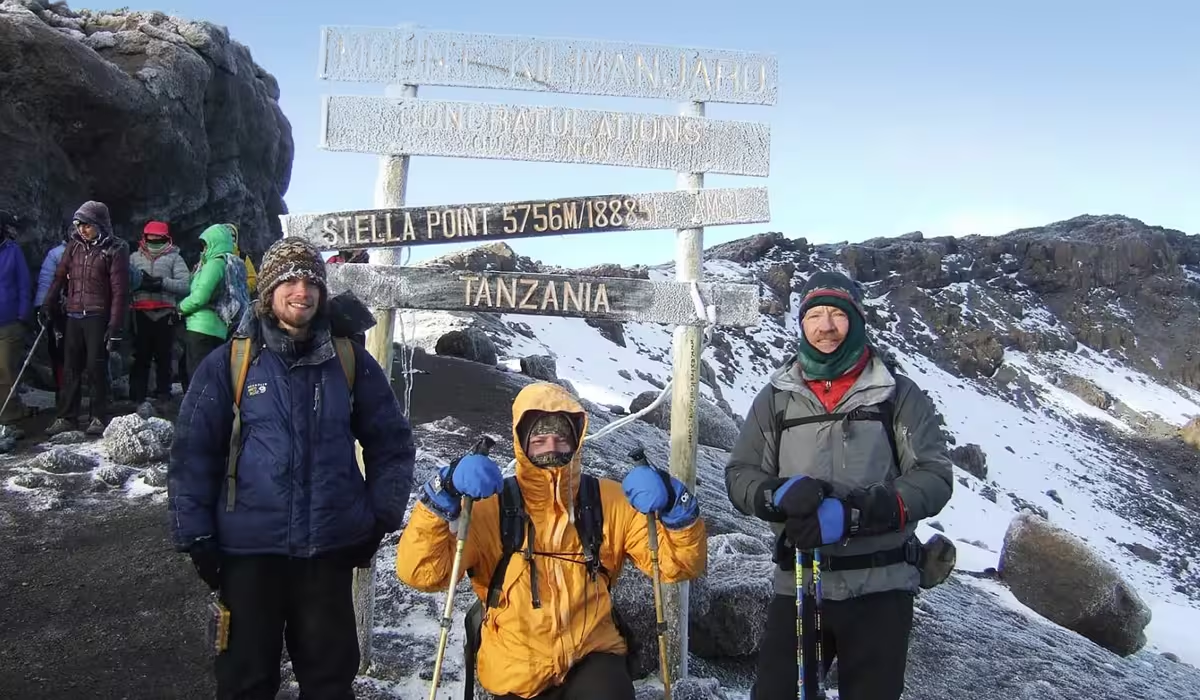

 African Scenic Safaris #1 on TripAdvisor
African Scenic Safaris #1 on TripAdvisor 




